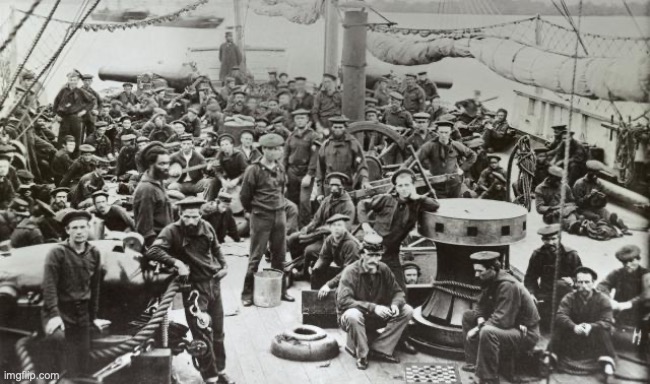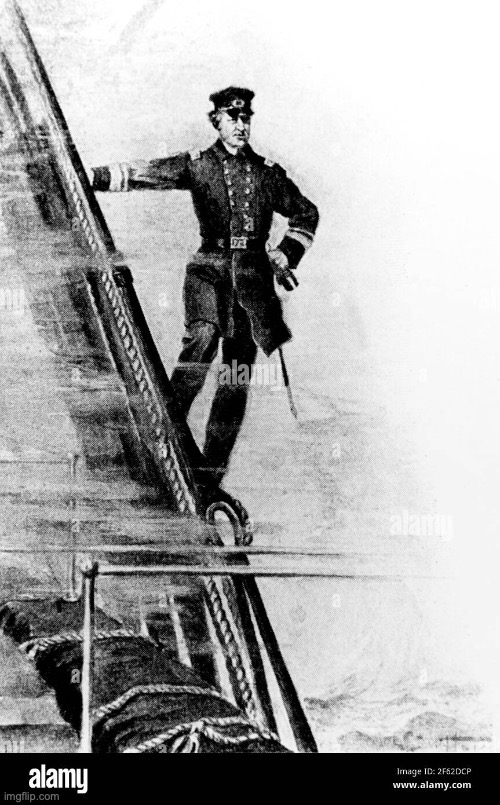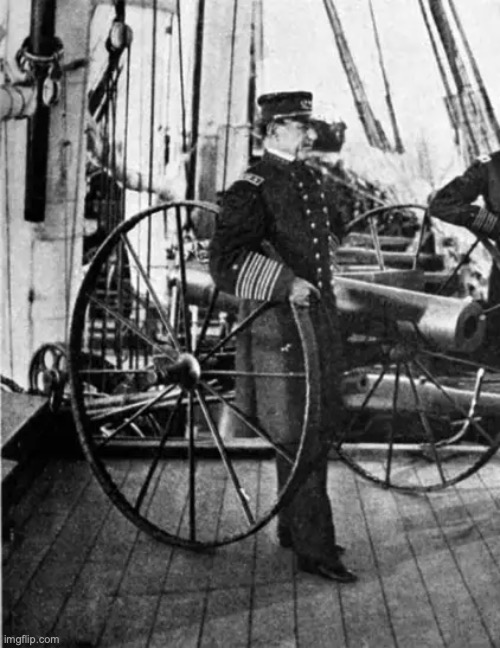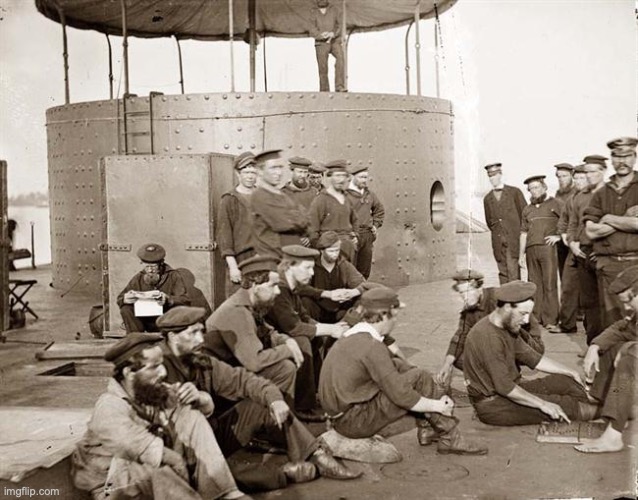With DID starting their own line I've been looking again at my QOrange figures.
The idea of the Indian Wars during the Civil War and after is more appealing to me than the Civil War itself.
DID's upcoming Lt. Dunbar is cavalry, and it's the cavalry who get the fame and the movies concerning the frontier wars. QOrange's figure is infantry.
Osprey's
US Infantry in the Indian Wars 1865-91 begins by recounting Crazy Horse calling the US infantry, "Walk-a-Heaps", because they marched into battle carrying everything they needed on campaign. While the Native Americans hated the US cavalry in the wars of 1865-1891, they learned to respect the infantry.
I've never been completely happy with the QOrange Union pair, due to the overly long sack coat sleeves, difficulties associated with posing such a long rifle, and the quality of the bodies themselves.
The bicep plates aren't all securely glued and have a tendency to come apart, which then releases the elbow joint. Remedying that means unbuttoning the coat, pulling the braces down and taking the head and shirt off. I've had to do it several times.
The elbows can also simply pull out of the biceps while the latter is still intact, and are hard to impossible to push back in without having to go through the whole procedure of undressing the figure.
Yesterday I decided to swap the body for the one wearing the sack coat to one with longer arms (Ujindou UD9028 Wiking). I also changed the sculpt to DID's Reznov, which had a shorter neck:
One of the bodies I looked at using was from Alert Line, and as I compared it to QOrange's I realized it was identical. So either QOrange
is Alert Line; they use the same third party body, or they recast Alert Line's. The latter seems likely considering I've never had an Alert Line repeatedly fall apart on me.
I kept the First Sergeant on the original body, but took the precaution of wrapping the biceps with electrical tape to dissuade them from coming apart. There's still the danger of the elbows pulling out, so posing is a delicate matter. I went with a fairly safe action pose - the act of loading.































































